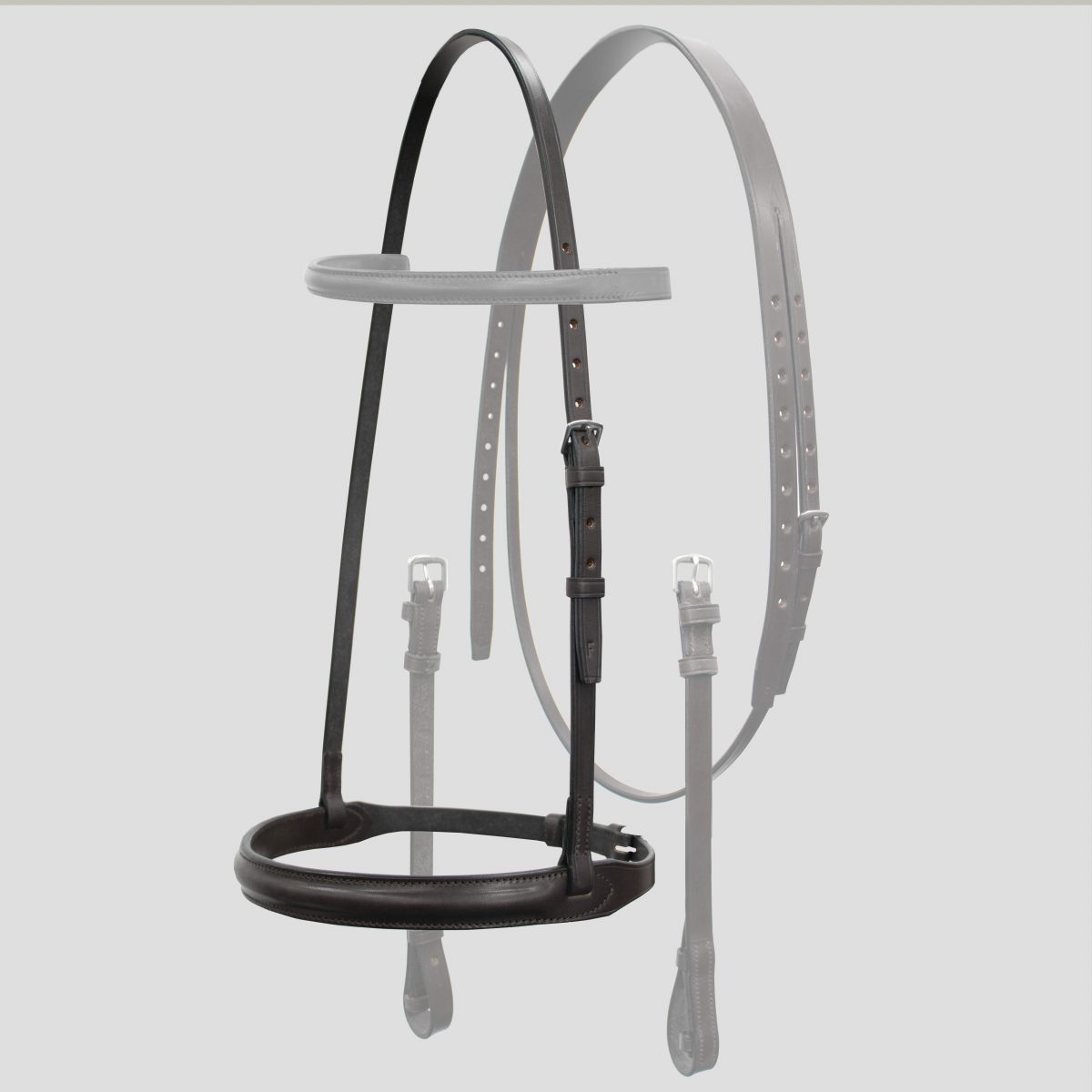
What’s the Secret to Walsall’s Saddlery Heritage?
Posted on Mar 07, 2018British made saddlery is among the best in the world. But why does this traditional industry still revolve around a town in the heart of England?
Walsall is world famous when it comes to saddlery manufacturing.
In the workshops scattered around the town, the latest generation of leather workers uses skills that can be traced back to the 16th century.
Tanneries were sited along the major tributaries of the River Fleam, which flows through the English Midlands, in the early 1500s. But it was not until the 18th century that Walsall began to take shape as a center for the leather trade.
By 1813, there were six bridle-cutting firms operating in Walsall as well as seven curriers who dye and color the leather ready for manufacturing.
By the end of the 19th century, lorinery – the manufacture of the metal components of equestrian equipment – ranked alongside Walsall’s other major industries.
So why did Walsall become a hub for the leather trade? The answer lies in the town’s geography… All the raw materials needed to produce leather were close by.
Hides were easily obtainable due to the abundance of cattle grazed on the lush pastures of local counties South Staffordshire and North Warwickshire. The lime needed to remove the hair from the hides was excavated from the lime pits of nearby Rushall. And oak bark, a tanning agent, was available from the adjacent Cannock Chase or Forest of Arden.
Although the saddlery products have evolved over the centuries, the history of the Walsall leather industry is one of continuity rather than change. The town’s concentration of skilled leather workers has ensured the town’s reputation for high quality leather goods. Pride in British craftsmanship is a recurring theme.
Frank Baines, a 70 year old Master Saddler and Fellow of the Society of Master Saddlers, has spent a lifetime in Walsall.
“Like so many of the people here, I became interested in the industry due to family connections,” he says. “My grandfather talked me into following his footsteps and I never looked back. The time, effort and skill that the craftspeople of Walsall put into making a saddle really does need to be recognised – it is second to none.”
After some 55 years in the trade, Frank handed over his business to his son Garry and daughter Victoria. And he sees a bright future for others coming into the British saddlery industry.
“There are plenty of opportunities today for people wanting to enter the trade. Once qualifications are gained and apprenticeships complete, it is still very much possible today to set up a business to be proud of,” he says.
“The quality of British made saddles, bridles and other leather goods remains at the forefront of everyone involved in the sector.”
With thanks to information supplied by The Society of Master Saddlers. To find out more visit www.mastersaddlers.co.uk
